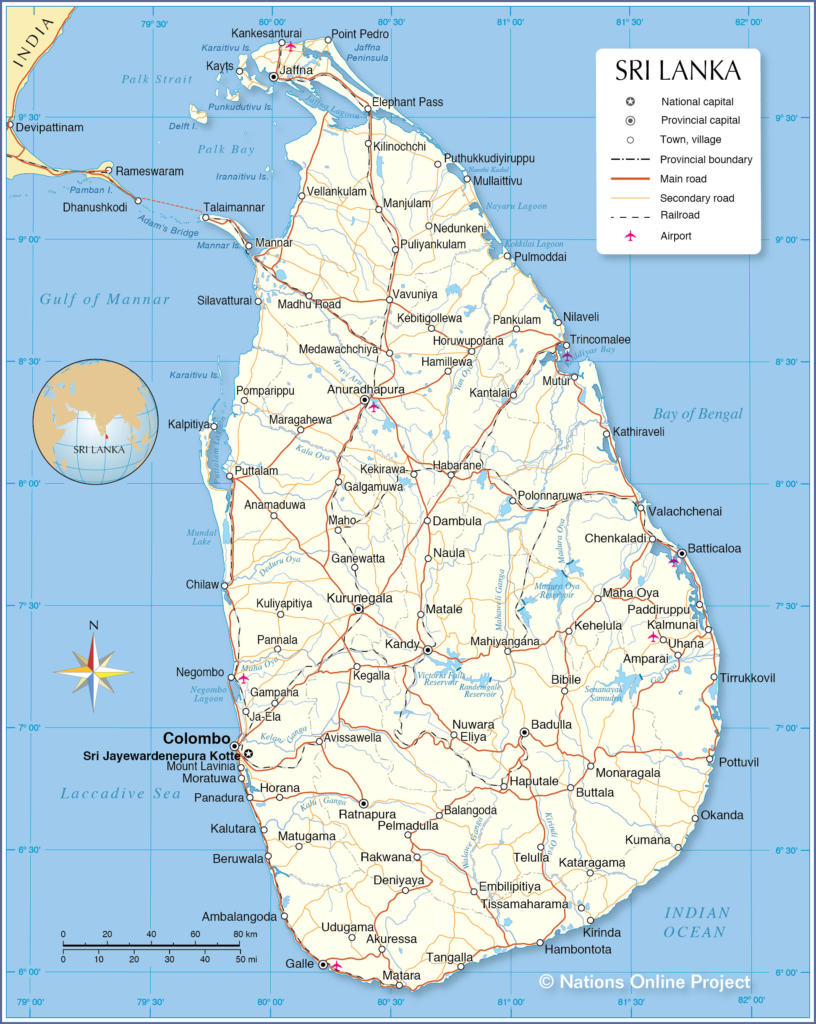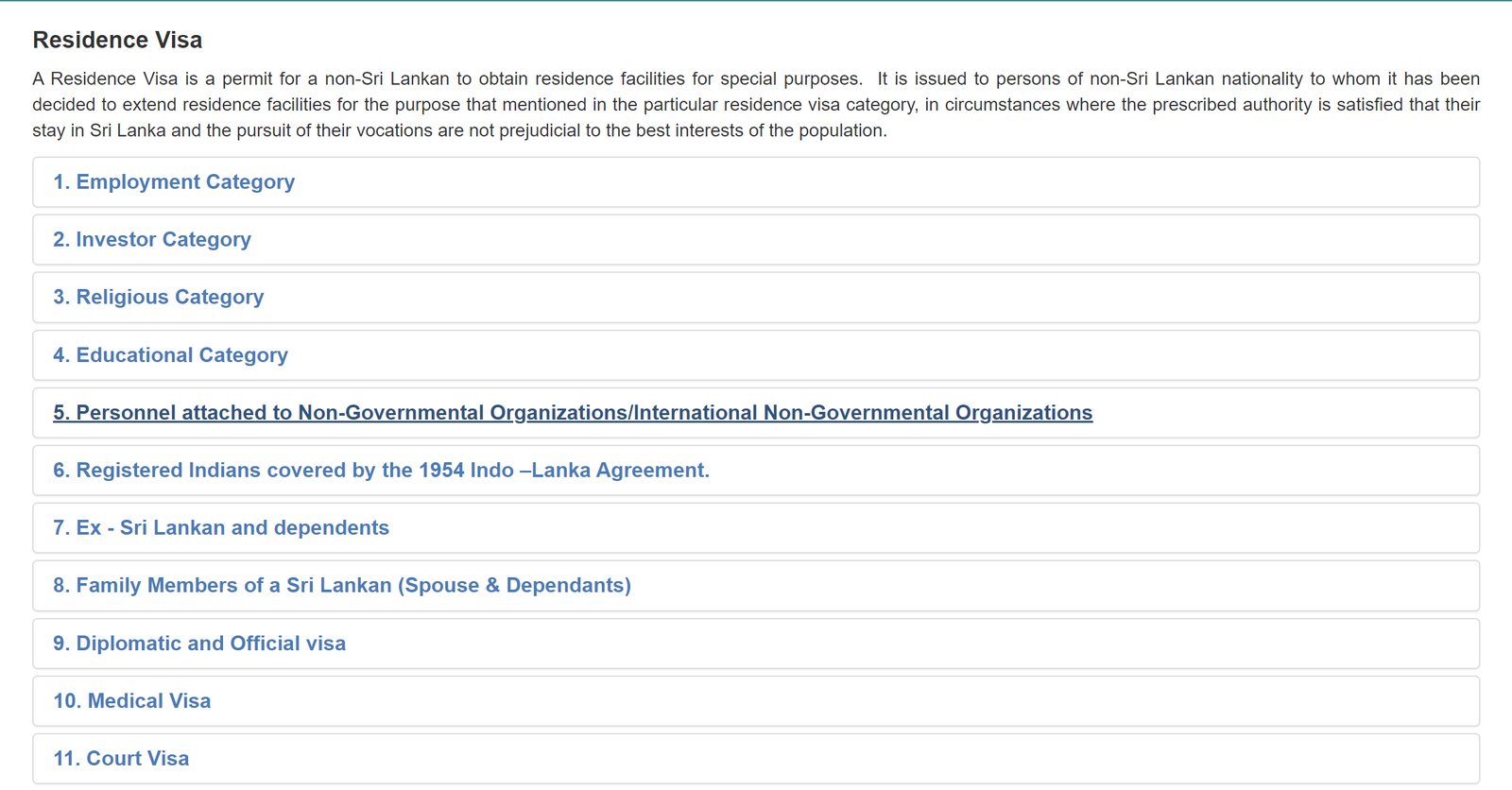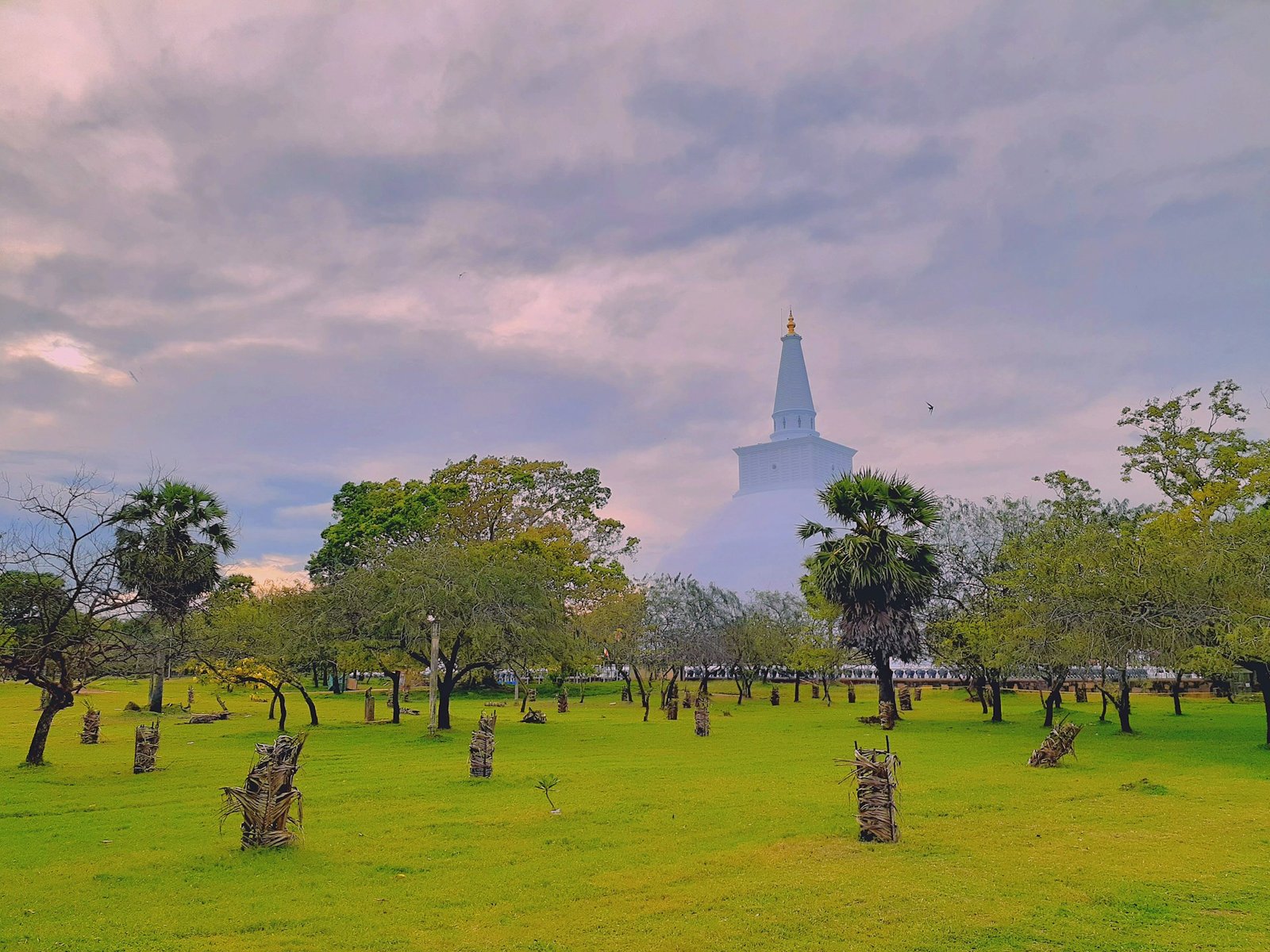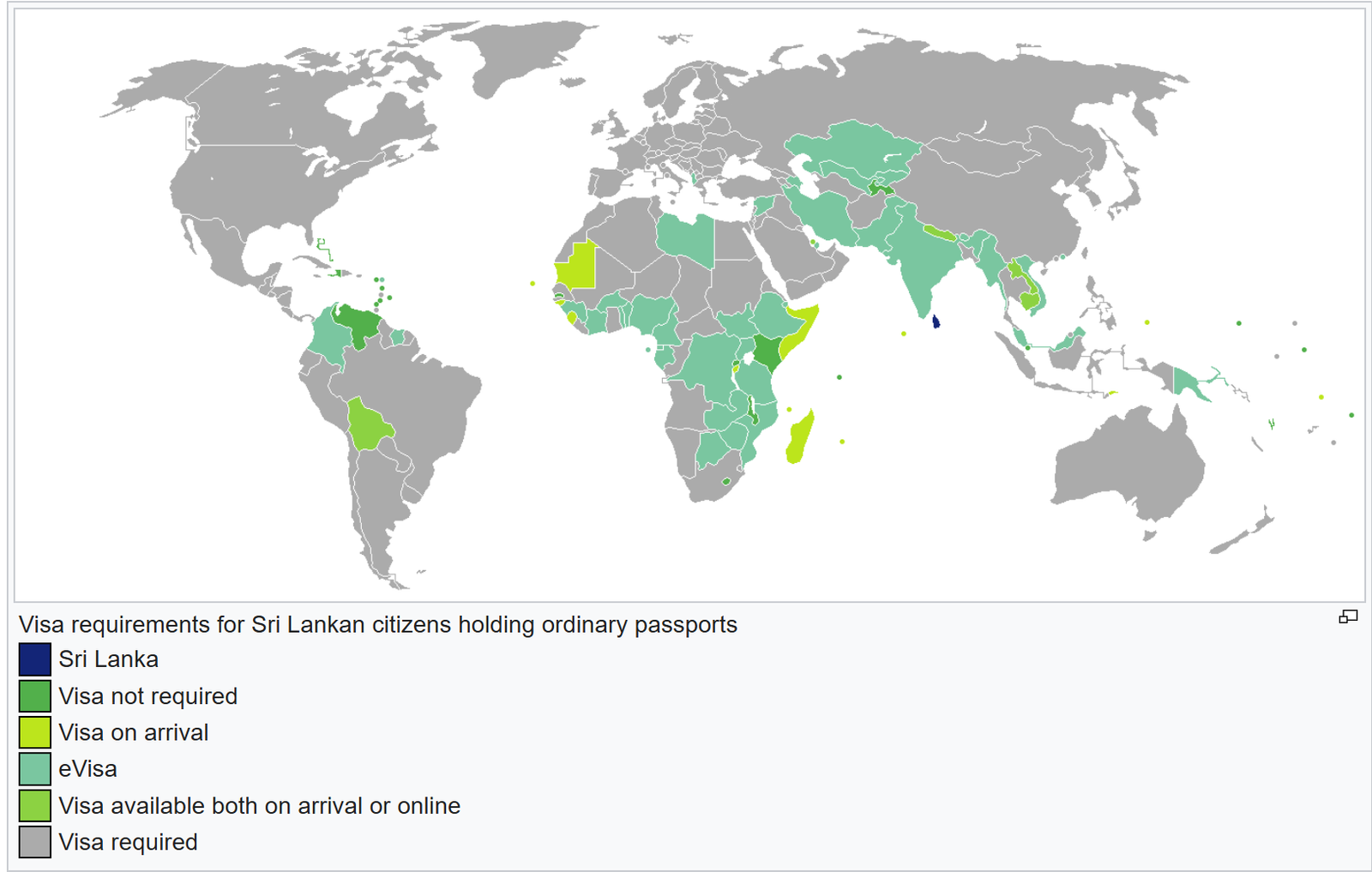How To Get Residency in Sri Lanka: A Comprehensive Guide
Capital: Colombo
Population: 21,763,170 (2024, 60th)
Ethic Group: 74.9% Sinhalese, 11.2% Sri Lankan Tamils, 9.2% Sri Lankan Moors, 4.2% Indian Tamils
Area: 65,610.2 km2 (120th)
Offical Language: Sinhala & Tamil
Currency: Sri Lankan rupee (1 LKR = 0.00333 USD, Last updated June 23, 2025)
GDP per Captial: $15,000 (2024, 62nd)

Country Profile:
Sri Lanka is an island nation located off the southeastern coast of the Indian subcontinent in South Asia. Its economy is primarily driven by gem exports and agriculture, with key agricultural products including tea, rubber, and coconuts. Tourism also serves as a vital economic pillar, drawing numerous visitors with its abundant natural beauty and historical sites.
From 2016 to late 2023, Sri Lanka experienced a dramatic surge in debt, pushing its economy to the brink of collapse. This was largely due to prolonged economic mismanagement and a significant decline in tourism and overseas remittances caused by the pandemic.
It wasn’t until 2023 that the country’s economic situation began to improve, following debt restructuring agreements with bilateral creditors, including China, India, France, and Japan. However, Sri Lanka continues to face numerous challenges. Its economic recovery will require further structural reforms and ongoing international support to ensure long-term sustainable development.
Visa & Immigration System:
Sri Lankan visas generally fall into two main categories: Non-Residence Visas and Residence Visas.
Non-Residence Visas include types like tourist visas, transit visas, and business visit visas. These allow for short-term stays but do not grant residency.
The primary types of Sri Lankan Residence Visas are:
1. Work Visa (Employment Category):Issued to foreign individuals who are employed in Sri Lanka.
2. Investment Visa (Investor Category):Issued to foreign nationals who invest capital in Sri Lanka by making deposits, purchasing property, funds, stocks, or operating companies. The Sri Lanka Investment Visa is a comprehensive system comprising five economic options, with a minimum investment requirement of $75,000.
3. Student Visa (Educational Category):Issued to foreign students enrolled in educational institutions in Sri Lanka.

If you’d like to learn more about Sri Lanka’s residence visas, you can click here.
Once you hold a Sri Lankan residence visa, you become eligible to apply for two unique investment and non-profit visa programs: the Resident Guest Scheme (RGS) and the Dream Home Program.
Both of these are visa extension programs for Sri Lanka, meaning they aren’t open to initial overseas applicants. Instead, only foreign nationals who already possess a valid Sri Lankan residence permit are qualified to apply.
The Resident Guest Scheme (RGS) aims to provide a long-term residency pathway for foreigners who can make a significant economic or social contribution to Sri Lanka. Currently, it offers two application options:
1. Depositing $250,000 into a local Sri Lankan bank.
2. Committing to a monthly transfer of at least $2,000 into a Sri Lankan bank account.
Notably, this program is currently the only pathway through which legal residents can apply for naturalized Sri Lankan citizenship.
The Dream Home Program is a retirement visa scheme that doesn’t strictly limit applicants by age. To apply for this program, you need to:
1. Deposit $15,000 in a local bank account.
2. Transfer a minimum of $1,500 into your Sri Lankan bank account each month.

Naturalization:
The Sri Lankan government announced in June 2024 that it plans to introduce a ten-year permanent residency visa system. However, as of now, all specific details regarding this permanent residency card have yet to be released.
It’s also important to note that Sri Lanka does not offer a naturalized citizenship pathway for foreigners. For individuals without existing family or blood ties to the country, the only viable method to apply for Sri Lankan citizenship is to first secure a local residence visa, and then, using that residence visa, apply for the Resident Guest Scheme (RGS) program. RGS visa holders can then apply for Sri Lankan citizenship after five years of legal residency in the country, provided they meet any additional criteria.
Passport Power:
Sri Lanka recognizes dual citizenship. The Sri Lankan passport currently ranks 95th globally, allowing its citizens visa-free access to 42 countries and territories as of June 23, 2025.

Useful Links:
Sri Lanka Resident Guest Scheme: https://www.immigration.gov.lk/pages_e.php?id=20
Sri Lanka Dream Home Visa Program: https://www.immigrationlanka.com/Info-2-7.html
Sri Lanka Residence Visa:https://www.immigration.gov.lk/pages_e.php?id=18